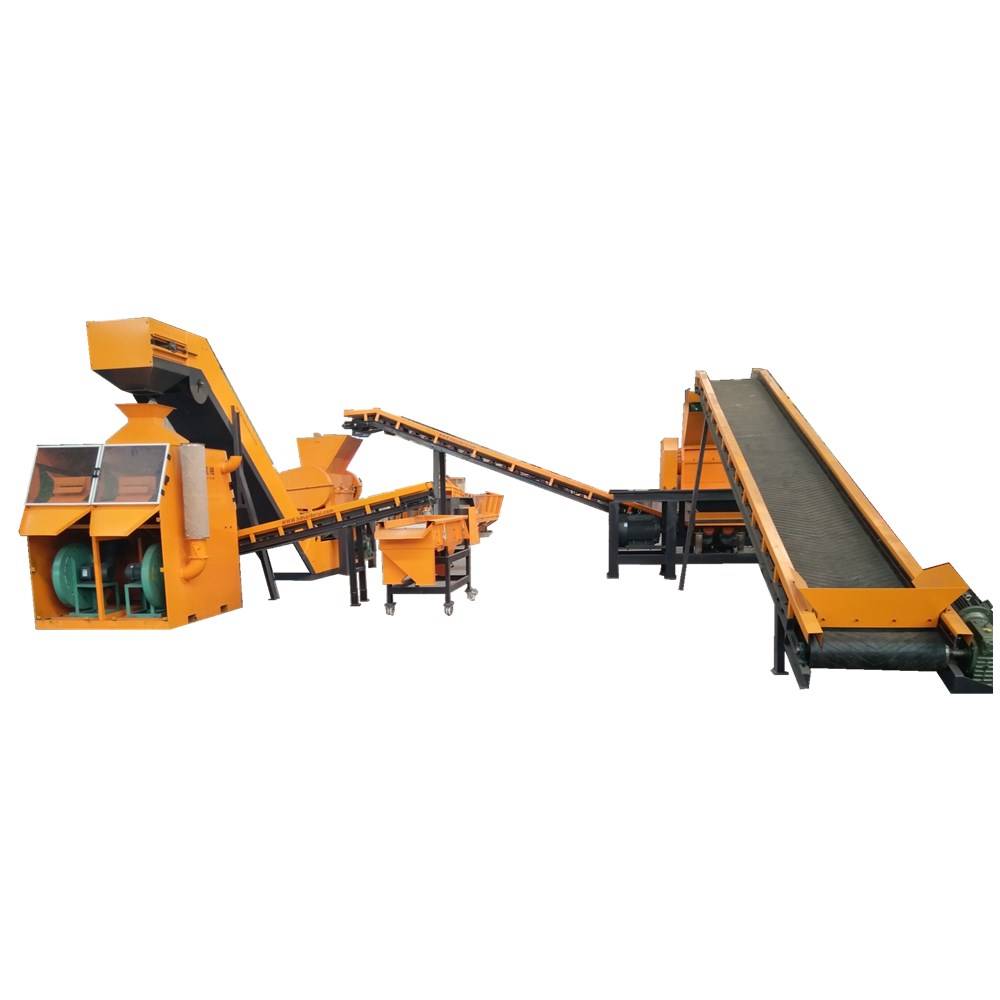

Lis . 20, 2024 11:24 Back to list
The Principle of Hammer Mill A Detailed Overview
A hammer mill is a versatile and crucial tool in various industries ranging from agriculture to pharmaceutical and chemical processing. Its primary function is to crush, grind, and pulverize materials, thereby enabling ease of handling, transportation, and further processing. Understanding the principle of a hammer mill provides insights into its design, operation, and applications.
Basic Functionality
At its core, a hammer mill operates by utilizing high-speed rotating hammers to impact and break down materials. The configuration typically includes a rotor with multiple hammers attached, which spin at high velocities. When the input feedstock enters the mill, it is subjected to both impact forces from the hammers and friction forces against the grinding chamber walls. This combination allows for efficient size reduction of the material.
Components of a Hammer Mill
Key components of a hammer mill include the following
1. Hoppers The input area where the raw materials are fed into the mill. 2. Rotary Hammers The primary moving part that does the grinding or crushing; these can vary in shape and size depending on the application. 3. Screening System A mesh or perforated screen that determines the size of the final product. Smaller particles pass through while larger particles continue to be processed. 4. Discharge Area The section where the finished product exits the mill.
Working Principle
The operation of the hammer mill can be broken down into several key phases
1. Feeding As the raw materials are fed into the mill through the hopper, they gravitate towards the rotor where the hammers are located.
2. Impact The rotor spins at high speed, and the hammers strike the material. This impact causes the material to fracture into smaller pieces. The faster the rotor spins, the more forceful the impacts become, leading to finer particle sizes.
3. Reduction As the material is ground down, it bounces around inside the mill, getting struck repeatedly by the hammers. The small particles will start to be pushed towards the walls of the grinding chamber.

4. Screening Once the material reaches a small enough size determined by the screen holes, it exits the chamber. The size of the holes can be altered to achieve different particle sizes for various applications.
5. Discharging The finished product is discharged from the mill, where it can be collected for further handling or processing.
Benefits of Hammer Mills
Hammer mills offer several advantages, making them a preferred choice for many manufacturers
- Versatility They can handle a wide range of materials including grains, wood, plastics, and even pharmaceuticals, making them suitable for diverse applications. - Efficiency The continuous nature of the hammer mill allows for high throughput compared to other grinding methods.
- Cost-Effectiveness The energy consumption is relatively low, which can translate into reduced operational costs.
- Uniformity Hammer mills produce relatively uniform particle sizes, which can be crucial in ensuring consistent quality and performance in subsequent processing stages.
Applications
Due to their efficiency and versatility, hammer mills are used widely across various sectors
- Agriculture For grinding grains and animal feed. - Forestry For processing wood chips and biomass material into fuel pellets. - Pharmaceuticals For grinding active ingredients and other materials for formulation processes. - Recycling For size reduction of plastics, metals, and electronic waste.
Conclusion
In summary, the principle of a hammer mill revolves around the impact and shear forces generated by rotating hammers which efficiently grind and crush materials. Understanding how a hammer mill works is essential for anyone involved in industries requiring size reduction processes. By harnessing the principles of effective impact grinding, industries can utilize hammer mills to enhance productivity and reduce material handling challenges. The design flexibility and operational efficiency make the hammer mill an indispensable tool in modern manufacturing and processing environments.
Latest news
Troubleshooting Common Eddy Separator Problems
NewsJul.04,2025
The Role of Metal Recycling Plants in Circular Economy
NewsJul.04,2025
The Impact of Recycling Line Pickers on Waste Management Costs
NewsJul.04,2025
Safety Features Every Metal Shredder Should Have
NewsJul.04,2025
How Industrial Shredders Improve Waste Management Systems
NewsJul.04,2025
How Cable Granulators Contribute to Sustainable Recycling
NewsJul.04,2025